13 Stories Proving That Female Solidarity Turns Ordinary Women Into Legends

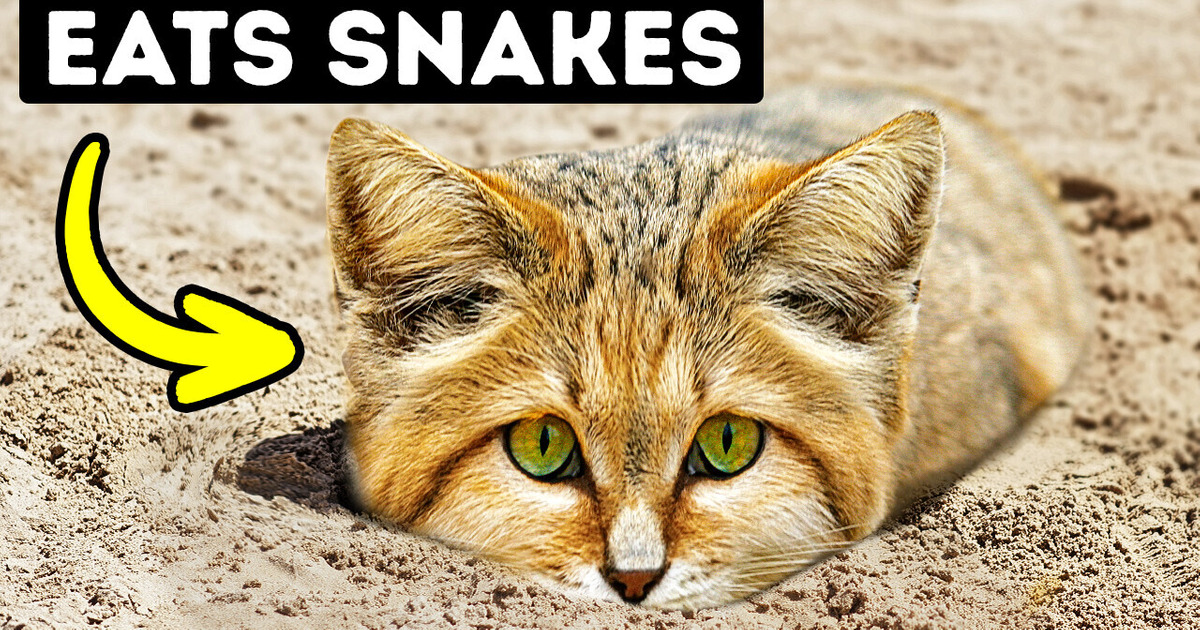

This train station is in Japan. What makes it special is its employees. In Kishi Station, a cat named Tama used to work as a station master. The building has cat eyes and ears. Yep, they constructed the station building that way. There’s even a Tama-themed “Tama Train”!
If you want to remember this famous cat station master forever, you can buy some souvenirs. To get there, you need to start your journey from Wakayama Station. The guidance board there has illustrations of Tama, and when you climb the stairs, cat paw prints accompany you! Now that’s cute!
My first reaction when I looked at the picture of a sand cat was, “Oh, I want to smooch this cute face and pet its fluffy paws.” Then I kept reading about it and understood that this cutey is a fierce predator capable of eating snakes and scorpions!
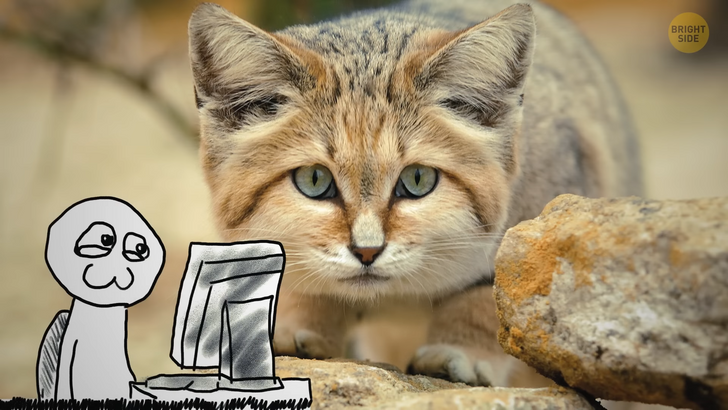
This species is unique because they are the only cats living primarily in the desert. Sand cats mostly hunt at night. These animals mainly eat small rodents, but they also go after birds, hares, and insects. They even hunt venomous vipers. Maybe that’s why our kittens at home also wake us up at 3 am and run from one room to another.
Moreover, they don’t need much water. They can go for weeks without a single sip. They get all the moisture they need from the prey they eat. Sand cats can live from 23 to 126 degrees Fahrenheit. By the way, they have fur under their paws, too. These are much fluffier compared to a regular cat paw.
The fur under their paws is not just there to protect the paw from the burning sand. It works as a cushion that allows the feline to walk on the sand without sinking into it. Because of that, they don’t leave any footprints behind. They’re kind of impossible to track for researchers. The cats are even seen closing their eyes at night when humans approach them. In that way, they eliminate reflection and blend with the sand.
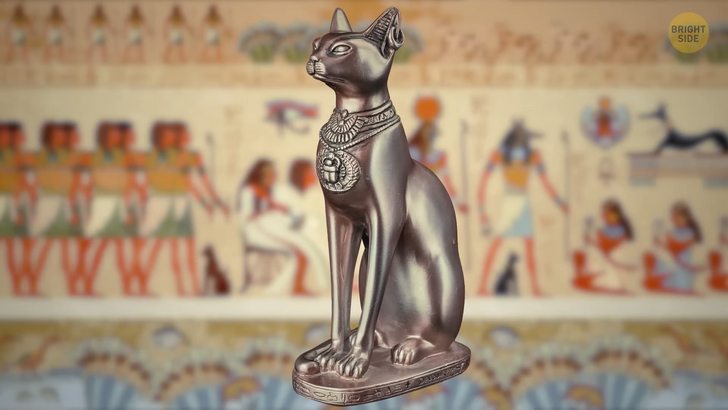
Did you know that the oldest known pet cat existed 9,500 years ago? The thing is, it was thought that Egyptians domesticated the cat, but in 2004, archaeologists discovered a 9,500-year-old cat’s remains in Cyprus. This news made me wonder where cats actually come from. Now you can find cats on every continent except Antarctica. But that wasn’t always the case. I mean, how did cats make it across oceans?
It all started around 10,000 years ago in what’s now modern-day Turkey. DNA analysis says that this is where cats’ wild ancestors originated. Humans kept wild cats because they were useful for rodent control on farms. Agriculture started developing and advancing all over the world, and cats got involved too. As I said, they first reached Cyprus. Imagine you live there and haven’t seen a cat in your entire life, and then one day, you meet them. This is what happened globally.
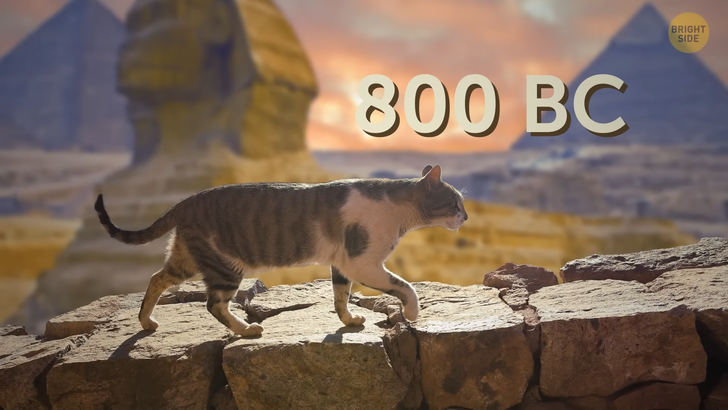
Over the next thousand years, cats entered Bulgaria and Romania. Then, in 800 BC, cats made their way to Egypt. In Egypt, things escalated quickly. Cats became an object of worship. From there, the Egyptian cats spread to the world of the Romans and Vikings. They were the ones who brought cats on their ships for pest control.
Cats became super popular and traveled the world by ship. They were seen in all of Africa, Europe, and Asia. Eventually, people sailed to the Americas, and of course, cats were in people’s hearts and still in their ships. Flash-forward; today, one-third of American homes have at least one cat!
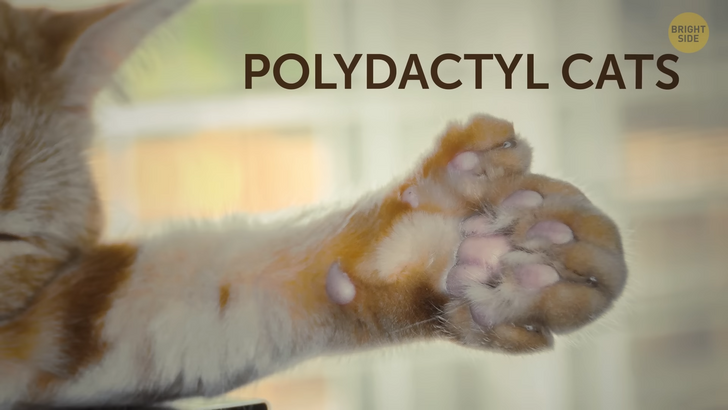
Have you ever seen a cat with extra toes? These cats are called polydactyl cats. Extra toes can be found on their front paws and rarely on their hinds. Now that I mentioned that cats were companions to humans on ships, I can also add that polydactyl cats on the ships were considered to be good luck charms. With the help of their extra toes, they were top-notch mouse hunters.
Plus, they were thought to climb higher and faster than regular cats. Sailors believed the cats were also able to maintain better balance at sea. There’s one polydactyl cat that’ll surprise you the most, though. This Canadian polydactyl fella named Jake has 28 toes. 7 on each paw! It entered the Guinness World Records Book.
The name of this cat is Stubbs. He was the mayor of a small town in Alaska for 20 years. He had several uncontested elections. Naturally, he didn’t hold any legislative power. He only held the right to get the love of locals and tourists.
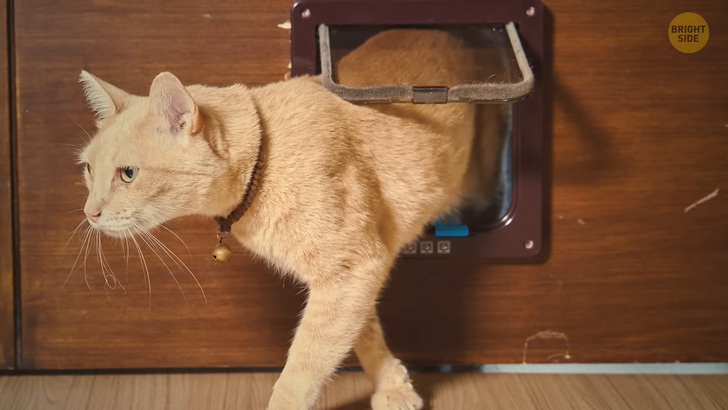
Cat doors are a standard thing today, and even Newton contributed to their popularity. Yep, he was a cat lover too. He was working on his projects at the University of Cambridge, but he was constantly interrupted by his cats scratching at the door. He asked the carpenter to make 2 holes in the door. One for the mother cat and one for her kittens. They say these holes can still be seen at the university today
Meet Félicette. She became the first feline to ever travel to space. The cat flew nearly 100 miles above the Earth in 1963. There she also briefly experienced weightlessness. Scientists were trying to study better how lack of gravity would affect animals and what might happen to humans.
15 minutes later, she safely returned to Earth by parachuting down in her little space capsule. What a “Catstronaut”! Many dogs, monkeys, and chimps went to space in the 1960s, so she didn’t become a celeb. Now we can change this by remembering her in Bright Side.

How about the oldest cat that ever lived? It was 38 years old! Creme Puff was born in August 1967 and lived until August 2005. What’s even more interesting is that his owner Jake Perry actually broke his own record since he had owned the world’s oldest cat before Creme Puff, too. I’m wondering what Perry was doing to keep his friends safe and sound for THAT long.
I mentioned the oldest cat, but what about extremely wealthy ones? It has millions of dollars. A person named Ben Rea bequeathed his $12.5-million wealth to his cat Blackie in 1988. It was the last surviving cat of the 15 cats Rea used to have in his mansion. The millionaire refused to leave it to his family; the majority of his wealth was shared between 3 cat charities, with the instruction to look after his cat friend.
When I talked about sand cats, I wondered about the genetic makeup of our domestic and stray cats. A study revealed that domestic cats share 95.6% of their genetic makeup with tigers! When you trace the behaviors of prey stalking and pouncing of your cats, maybe you wouldn’t be that surprised.
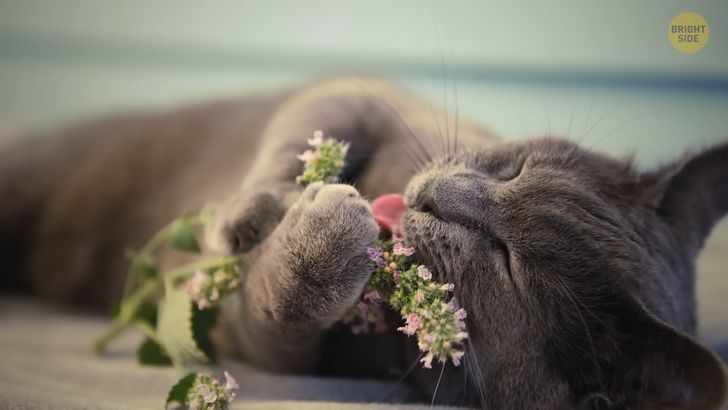
It’s thought that cats go crazy for catnip, but half of the world’s felines don’t respond to catnip. Scientists still don’t know why some cats love this plant and others don’t seem that interested. They discovered that catnip sensitivity is hereditary. If a kitten has one catnip-lover parent, there’s a one-in-two chance that it will also like the aromatic herb.
Did you know that cats developed a special type of meow to communicate with humans? They generally use this tone to get their way with humans. This sound is “irresistible” for people because it’s a combination of purring and meowing. Interestingly, the frequency of this “meow” resembles the cry of an infant. That’s why our brain tries not to ignore it.
Cats probably feel like they have already conquered the whole world. Now, they can chill. Maybe that’s why they spend 70% of their lives sleeping. This is roughly around 13–16 hours a day. They spend the rest of their time being adorable and impish.











